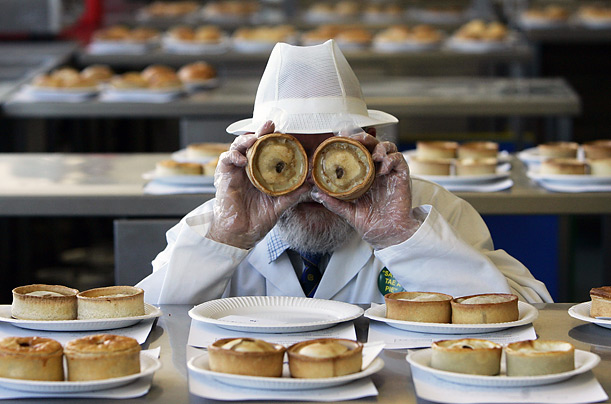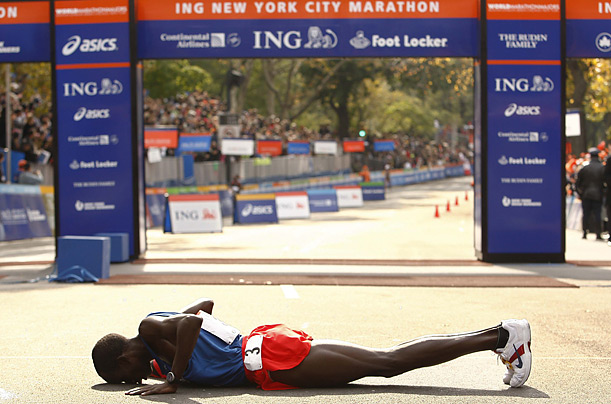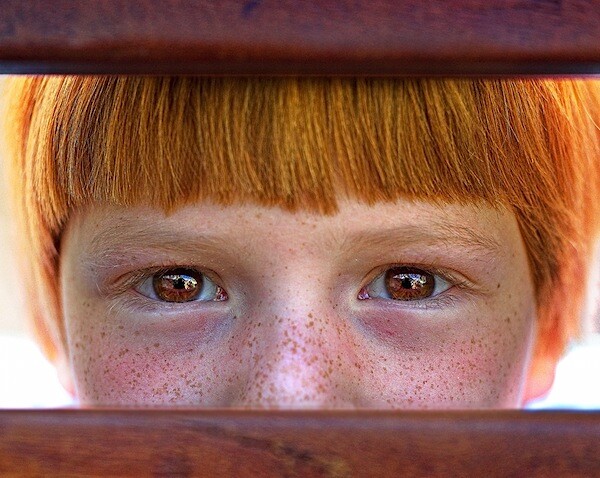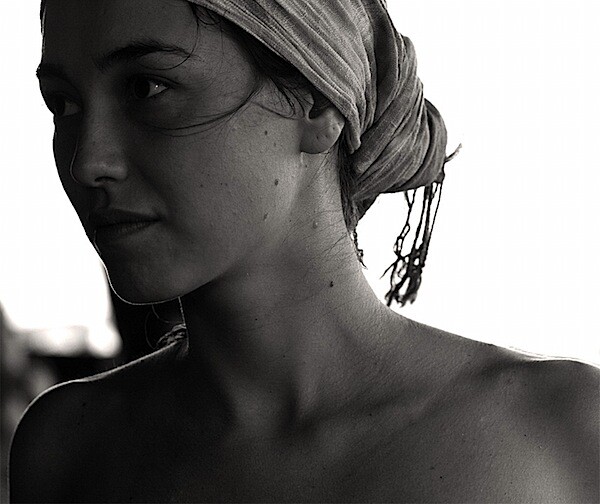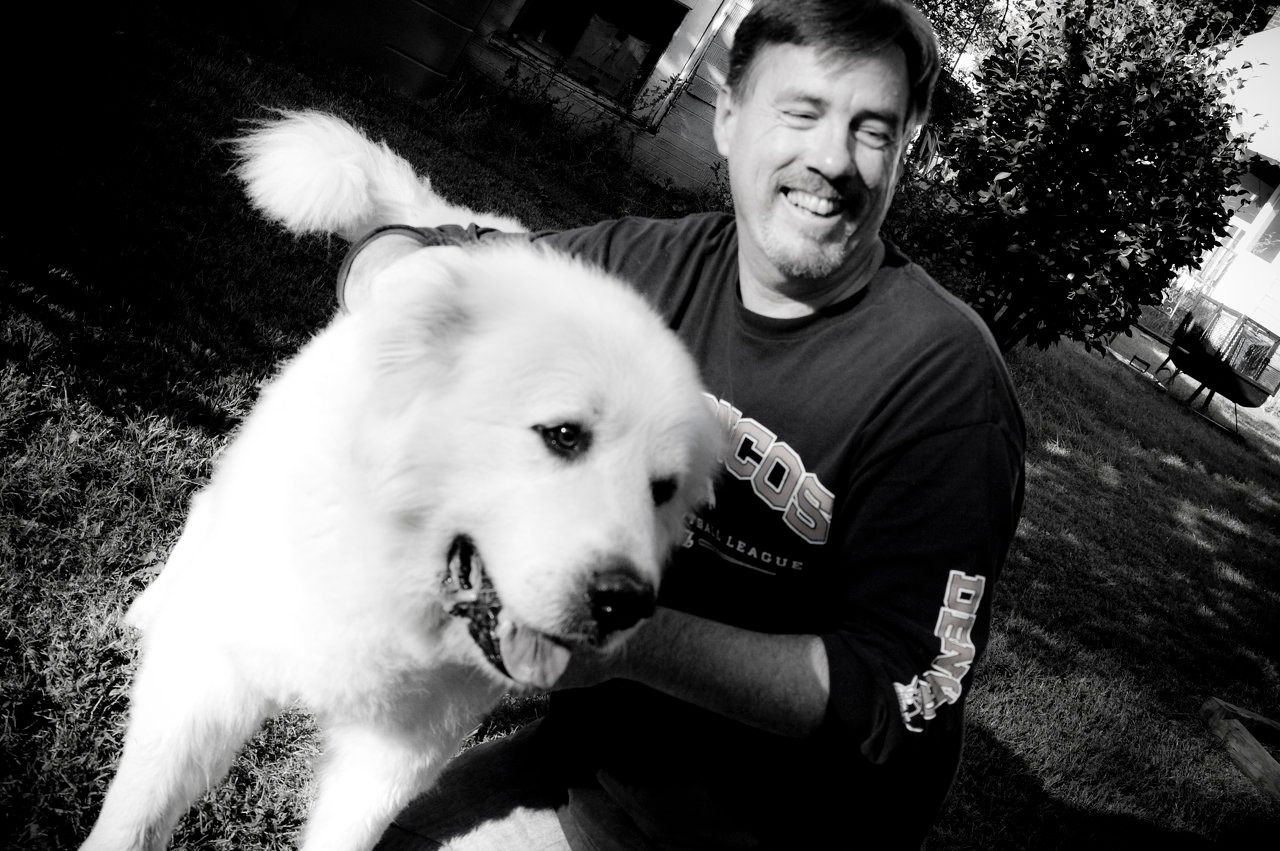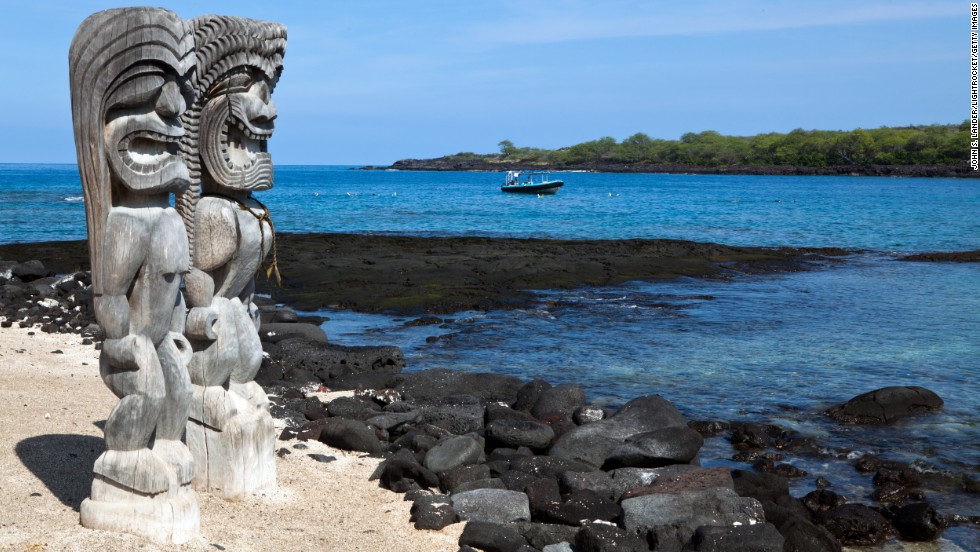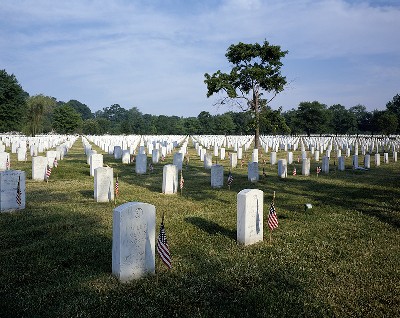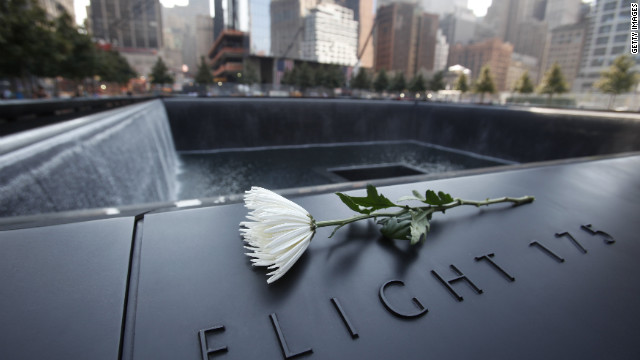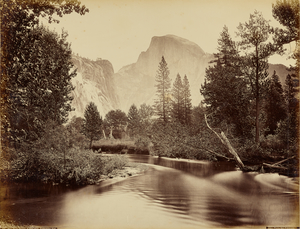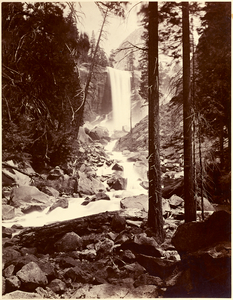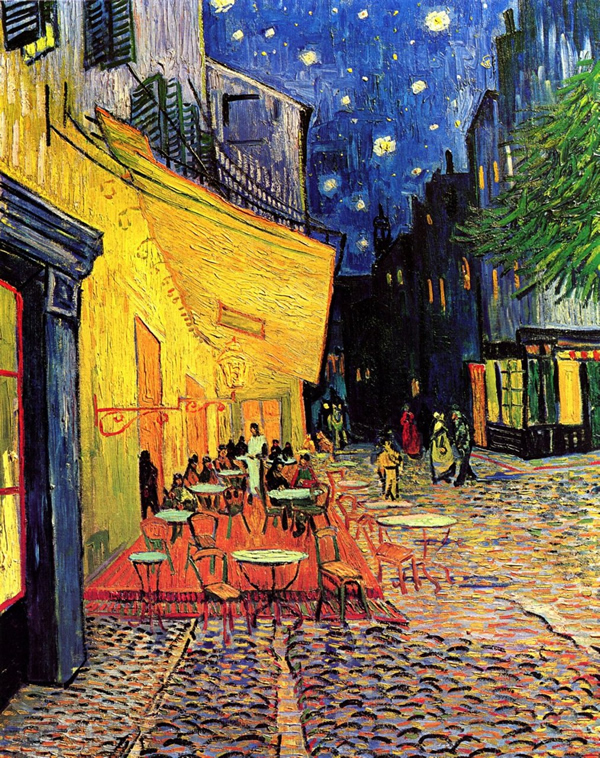Paul Blofis, a baker of forty years, poses with his scotch pies after winning first place in the World Pie Championship in December of 2015. Blofis used his winnings to open a second bakery where half of profit will be donated to charity and the local homeless.
Charles Beckendorf, the adopted son of two avid marathon runners, kisses the ground after winning first place in the New York City Marathon, a tearful moment for the running enthusiast. Beckendorf's adopted parents died in the Boston Marathon Bombing and this is the first marathon Beckendorf has completed after their passing.
2.
- Rule of Thirds: placing the subject in a corner of the photograph, instead of the center
- Balancing Elements: when an equal weight is placed on either side of a given point
- Leading Lines: when linear or curved elements lead the eye to the subject
- Repetition: when a type of element is repeated throughout the image
- Viewpoint: when a subject is photographed from a different perspective to create a unique feeling
- Background: when the background doesn't distract from the subject and allows the subject to stand out
- Create Depth: when the subject and its background create a 3-d effect
- Framing: When the foreground or background create a frame around the subject
- Cropping: when parts of the edges are cut out of the photo
- Mergers: when two things appear to be the same thing but actually aren't
3.
Aperture: How big the opening in the lens is
Shutter Speed: How fast the opening opens and closes
ISO: How sensitive the camera is to light
4.
Manipulating images is almost never ethical, acceptable only when all parties agree to the manipulation and when it doesn't mislead the public.
5.
Environmental Portraits:when the background shows personality of the subject
Self Portrait: when the photographer takes their own portrait
Casual: when the photographer takes the picture when the subject is interacting with their surroundings
6.
Exposure: the amount of light in the image that was not part of the environment
Depth of Field: which part of the image is in focus
Focal Length: the distance between the lens and image sensor when the subject is in focus
7.
Early Covers: Looks very similar to the book, usually a hand drawn image and a title and publisher
Poster Covers: When the cover is an interesting and captivating picture
Married to Type: when the type's placement is dictated by the picture, not a lot of type
Forest of Words: when the type dominates the cover and the picture isn't quite as important.
